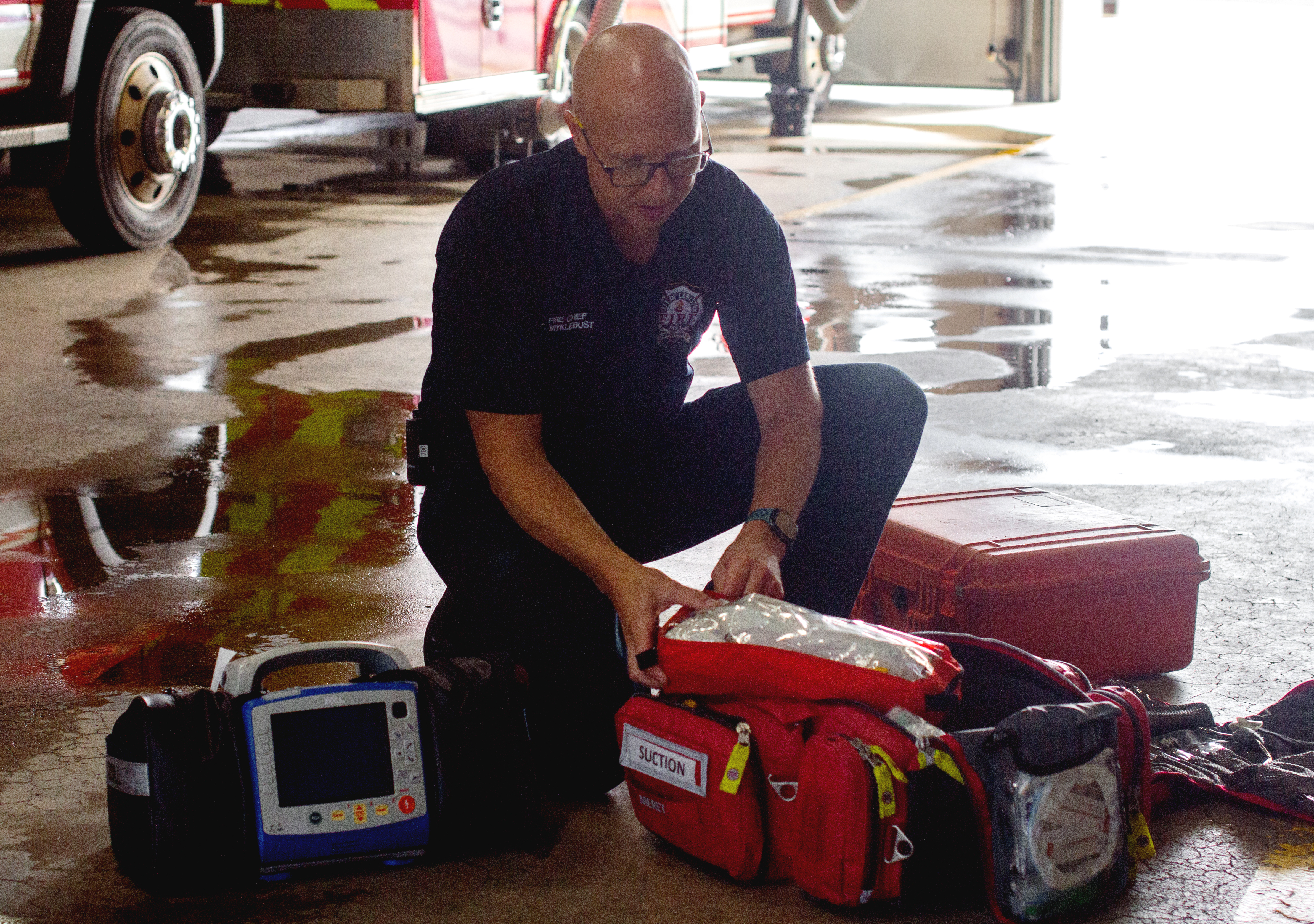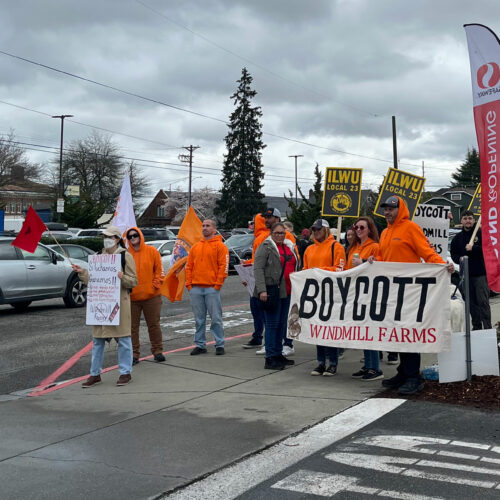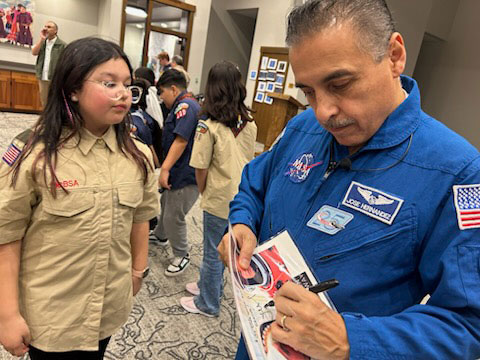
Lewiston Saw More Overdoses, Deaths Linked to Fentanyl
Listen
Overdoses and deaths related to the fentanyl-laced street drugs have been increasing. Last year, the city of Lewiston saw an all-time high that’s likely to continue. Rachel Sun reports. (Runtime 1:30)
Read
In 2021, the Lewiston Fire Department and emergency medical services responded to more than 60 opioid overdose calls.
Of those, two people died before even making it to the hospital.
The increase is caused mainly by fentanyl and other synthetic opioids found in street drugs.
Josh Hall the Nez Perce County coroner says the fentanyl-laced drugs usually come in pressed, blue, counterfeit oxycodone pills.
Hall: I don’t know if it’s that, that people don’t know that they’re doing fentanyl or the fact that it’s not a perfect process when they press those pills. So some of them might not have hardly any fentanyl in them. And then the other ones might have a bunch in it.”
The county recorded five opioid-related deaths in 2019, nine in 2020 and eighteen in 2021.
Of those 18, six were a result of fentanyl.
Hall: “It’s been going up for the last couple years. And it’s just been in the last couple months that they finally started letting people know that it’s a problem.
Lewiston Fire Chief Travis Myklebust says his department has been using more of the opioid reversal drug Naloxone, known under the brand name Narcan.
Myklebust: “One of my chiefs came in and said, ‘Hey, we’re almost out of Narcan, we need to order more.’ And I’m like, ‘Well, didn’t we just order it?’”
Naloxone is free through the Idaho AIDS Coalition and the Idaho Harm Reduction Project.
This report is made possible by the Lewis-Clark Valley Healthcare Foundation in partnership with Northwest Public Broadcasting, the Lewiston Tribune and the Moscow-Pullman Daily News.
Produced with assistance from the Public Media Journalists Association Editor Corps funded by the Corporation for Public Broadcasting, a private corporation funded by the American people.















